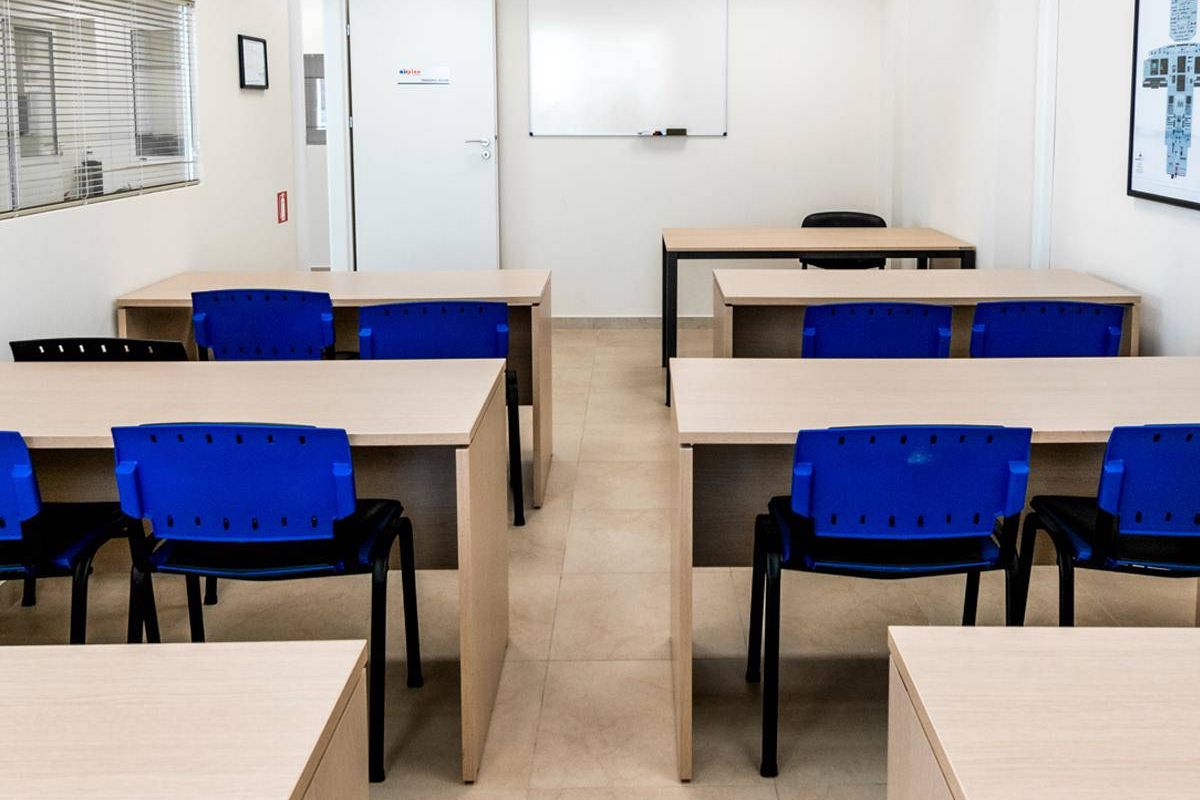- ABOUT US
- FAQ
- AIRPLANETRAINING COURSES


- ATP(A) Airline Transport Pilot Integrated
- PPL(A) Private Pilot License
- AUPRT Advanced Upset Prevention And Recovery Training
- ICAO to EASA Conversion Course
- CPL(A) Commercial Pilot License
- ATPL Theory
- ATPL Theory Distance Learning
- IR(A) Instrument Rating
- MEP(A) Multi Engine Piston
- NR(A) Night Rating
- PBN Perfomance Based Navigation
- MCC(A) Multi Crew Cooperation
- HELICOPTERTRAINING COURSES
- GENERALTRAINING COURSES
- NEWS
- GALLERY
- CONTACT
airplanaviation




